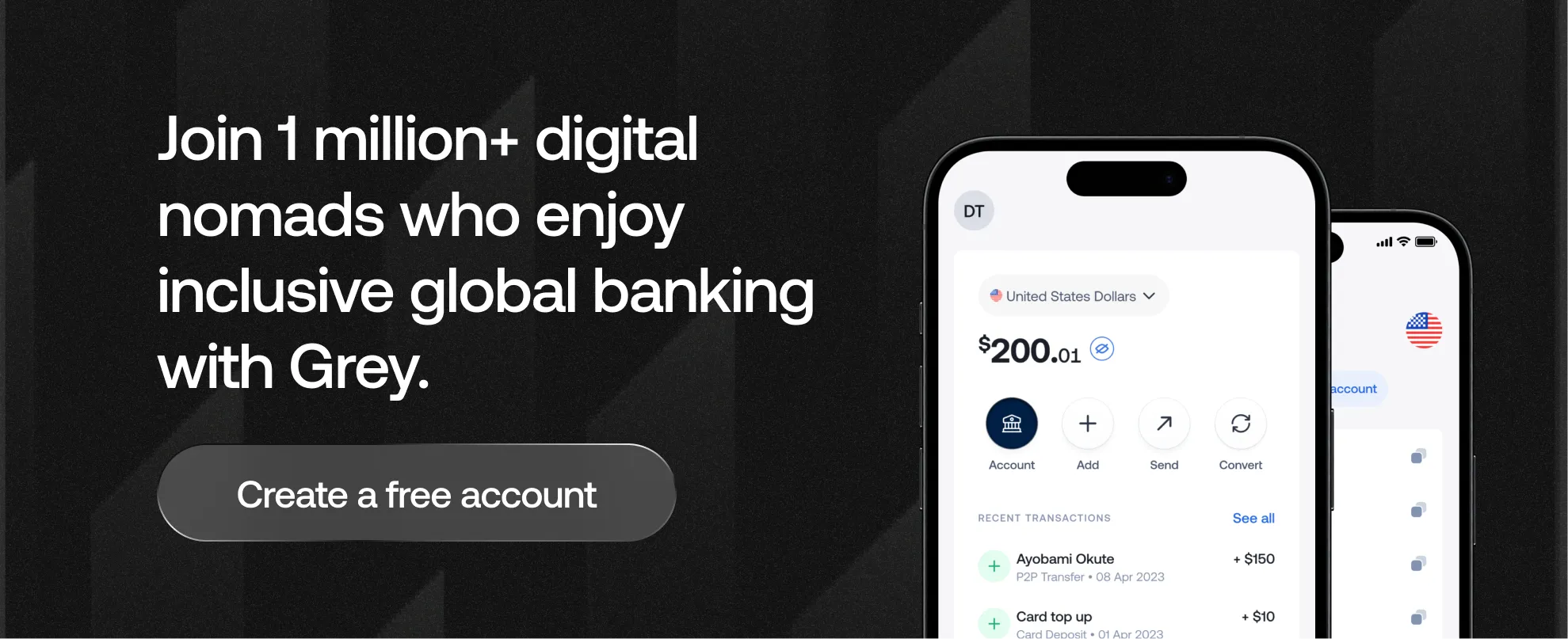

International bank transactions are different from local transactions in several ways. The first time carrying out these international transfers can be daunting. Even those who occasionally make international transactions for business purposes or send money to friends and family are often confused by some terms.
Two popular terms that confuse most people are IBAN and SWIFT code. In this post, we will explain each concept and how they differ. But first, why is this important, and how do people use IBAN or SWIFT codes?
Before IBAN and SWIFT codes were standardised, international money transfers through banks were prone to errors and often took time to be completed. These errors are because international transfers require that the right bank, location and account number be employed to process the transaction. In the absence of a globally accepted method, money sent between countries often ended up in the wrong location and took extra time and money to be discovered and corrected.
The introduction of IBAN and SWIFT codes solved that problem and made international money transfer easier.
Let’s get into it.
There are chances that you have come across this several times already, but what does it mean? IBAN stands for International Bank Account Number. It is one of the generally accepted numbering systems used for identifying bank accounts during international transfers.
An IBAN is a two-digit country code, then two numbers, followed by alphanumeric characters that help the bank process customer transactions faster. It is, however, worth noting that an IBAN does not replace the individual’s account number. It simply ensures that the transaction is routed correctly and that the transaction details are correct.
Let us break down an IBAN:
The first two letters represent the country code.
This is followed by 2 digits referred to as the check digits, used to provide a primary integrity check for the IBAN standard.
The check digits are then followed by a series of alphanumeric characters which can be up to 35 characters.
These characters are called the basic bank account number (BBAN) and its length depends on the country. Usually, the BBAN will consist of a bank identifier, the sort code or routing number (used to identify the specific bank and branch where an account is held), and the individual’s domestic account number.
Every country uses different algorithms to verify the BBAN when you initiate a transaction.
Overall, the total length of the IBAN will also signify which country the IBAN belongs to.
Here’s a hypothetical example of what an IBAN would look like:
GB35GTHY40317012345678
GB - Country code (Great Britain, in this case)
35 - Check digits
GTHY - Bank identifier
403170 - Sort code
12345678 - Individual’s domestic account number.
International Bank Account Numbers serve very specific and important purposes in overseas transactions. They:
The IBAN system is widely used in Europe and is being adopted in other parts of the world. All countries in the European Union use IBAN. However, the US and Canada specifically don’t use IBAN. The US uses ABA (American Bankers Association) routing numbers for domestic transfers and SWIFT codes for international transfers.
Now, let us talk about SWIFT codes.
First of all, SWIFT doesn’t just mean the codes help process international transactions faster 🙂, SWIFT here actually stands for Society for Worldwide Interbank Financial Telecommunication.
A notable difference between IBAN and SWIFT codes is that SWIFT codes are shorter. The SWIFT code is a unique alphanumeric code consisting of 8 to 11 characters assigned to banks and other financial institutions to identify a specific bank during international money transfers.
You should note that: “SWIFT code” is often used interchangeably with BIC (Business Identifier Code) as they mean the same thing.
What does a SWIFT code look like?
A typical SWIFT code would consist of:
Bank Code (4 letters), Country Code (2 letters), Location Code (2 letters or digits), Branch Code (3 digits).
Here’s a hypothetical SWIFT code: DETHUS23XXX
DETH - represents a bank code.
US - represents the country code, in this case, the United States.
23 - represents the bank location code.
XXX - represents the branch code; XXX represents a bank’s head office.
The difference between them is in what they are used to identify. An IBAN is used to identify a specific account in a specific bank while a SWIFT code is used to identify just a specific bank.
Read also: SWIFT Codes for Kenyans Banks
Usually, you can get an IBAN or SWIFT code from your bank. This depends on the type of bank account you open, but it is often a long process for many. Thankfully, with Grey, you can open virtual foreign GBP, EUR and USD accounts.
The best part is that when you open any of these accounts, you also get your SWIFT code and IBAN which you can easily use to complete international money transfers. USD and GBP accounts on Grey are easy and free to open. Once you sign up for an account, you can request your virtual account and start using it once your request is approved.




.svg)
Back to top